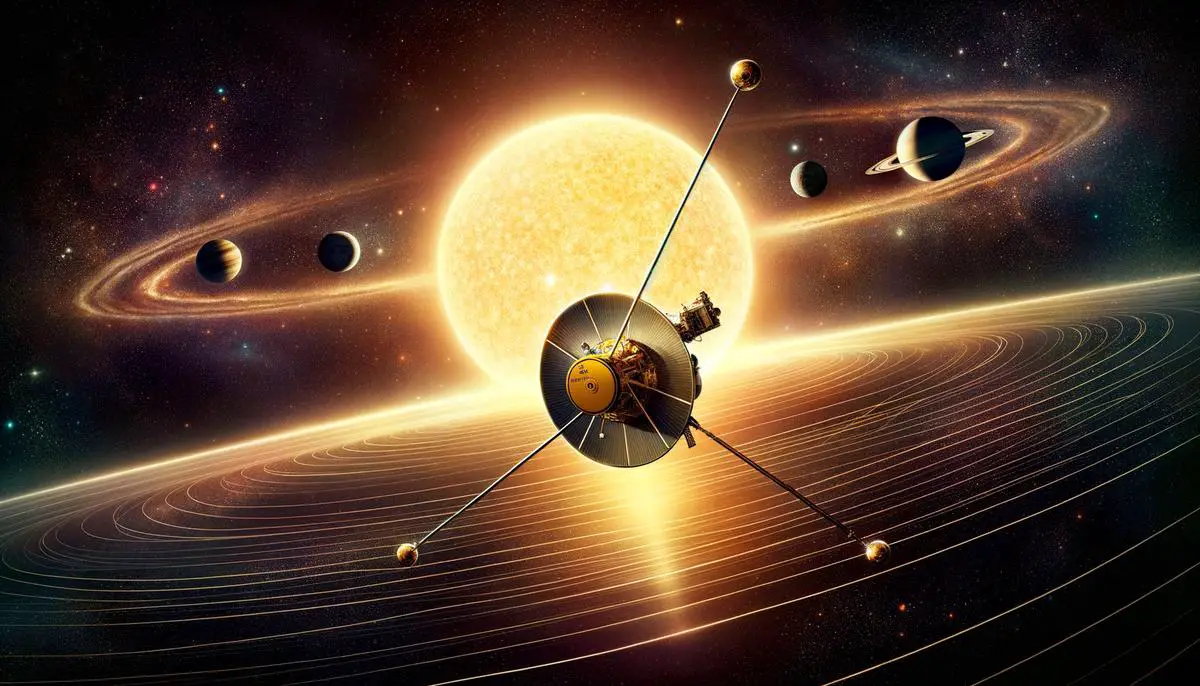Voyager 1's Mission and Launch
The Voyager 1 mission began with a rare planetary alignment occurring once every 176 years. This configuration allowed the spacecraft to use gravitational slingshots, conserving fuel as it journeyed across the solar system.
Launched on September 5, 1977, Voyager 1 aimed to explore Jupiter and Saturn. The spacecraft's key features include:
- Size: roughly that of a subcompact car
- Magnetometer boom: 42.7 feet long
- Scientific instruments: 10, including imaging systems and spectrometers
- Purpose: examine outer planets and interstellar space
The Plasma Wave Subsystem, developed by the University of Iowa, played a crucial role in detecting interstellar space conditions. Voyager 1 also carried a Golden Record, containing sounds and images representing Earth's diversity, embodying humankind's desire to connect with potential extraterrestrial life.
Launched with a five-year lifespan, Voyager 1 has defied expectations and continues to send valuable data back to Earth, redefining our understanding of the cosmos.
Jupiter and Saturn Flybys
Voyager 1's flybys of Jupiter and Saturn yielded groundbreaking data that significantly impacted planetary science.
Jupiter Encounter (March 5, 1979):
- Discovered Jupiter's faint ring system
- Revealed intense volcanic activity on Io
- Captured plumes of volcanic material spewing into space
- Provided detailed images of Galilean satellites: Io, Europa, Ganymede, and Callisto
- Hinted at subsurface ocean beneath Europa's icy crust
Saturn Encounter (November 12, 1980):
- Captured detailed images of intricate ring structures, including spokes and braids
- Studied Titan's thick atmosphere and orange haze
- Observed smaller moons like Prometheus and Pandora
- Collected data on Saturn's magnetic field and its interactions with solar wind and moons
These encounters deepened humanity's understanding of our planetary neighbors and demonstrated the enduring value of space exploration. The data collected during these flybys continues to inspire new questions and hypotheses, proving that entirely new worlds exist within our solar system.
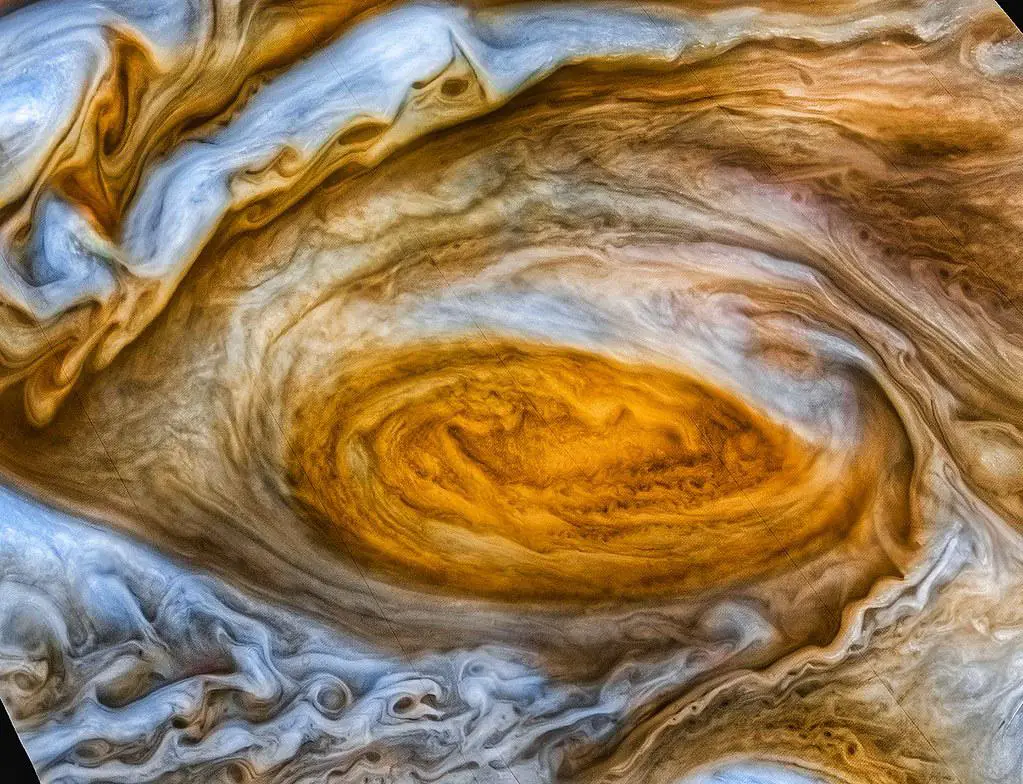
Crossing into Interstellar Space
On August 25, 2012, after 35 years of travel, Voyager 1 crossed the heliopause—the boundary where the sun's influence wanes and the interstellar medium begins. This historic transition was confirmed by the spacecraft's Plasma Wave instrument, designed and built by the University of Iowa.
"The key evidence came on April 9, 2013, when a solar eruption caused electrons near Voyager 1 to vibrate. The instrument recorded an electron density about 40 times greater than typically found within the heliosphere, matching predictions for interstellar space."
This milestone has profound implications for our understanding of the universe beyond our solar system. Voyager 1 now provides the first direct measurements of particles and magnetic fields outside the heliosphere, offering insights into the interaction between stellar winds and the galactic environment.
As Voyager 1 continues to send data back to Earth, it unravels the mysteries of interstellar space, pushing the frontier of human knowledge further. Its journey emphasizes our potential to reach beyond the stars and inspires ongoing scientific curiosity.
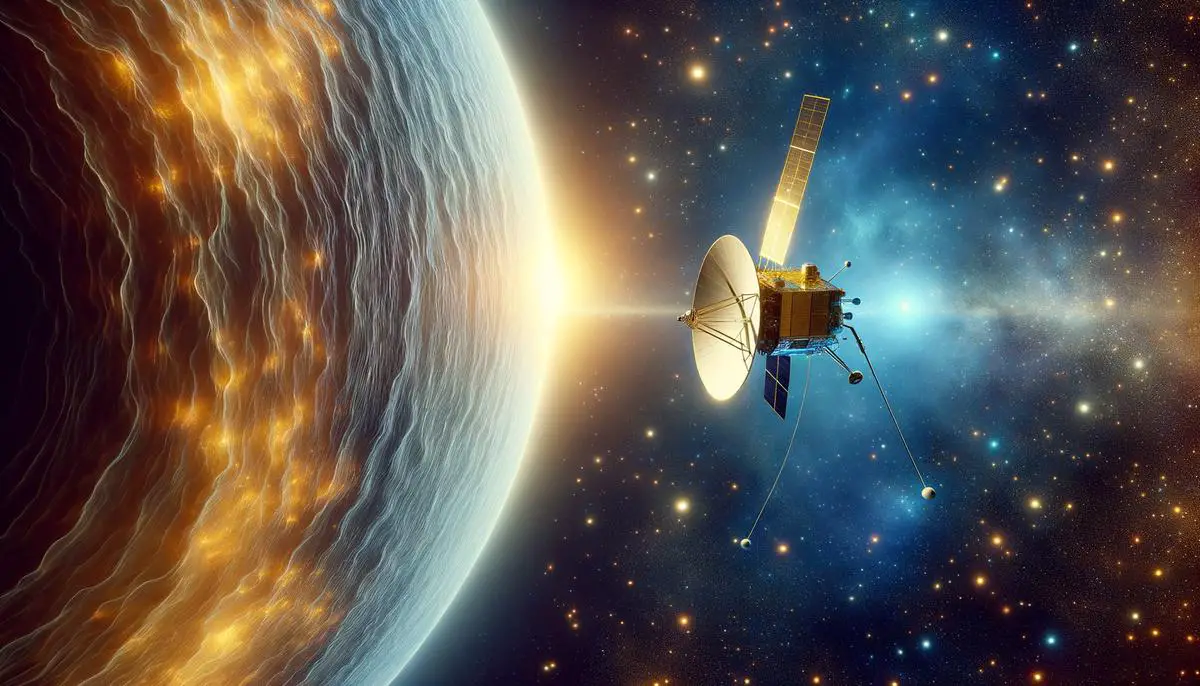
Scientific Discoveries in Interstellar Space
Voyager 1's interstellar discoveries have significantly advanced our understanding of cosmic rays, particle density, and magnetic fields beyond our solar bubble.
Key Findings:
- Cosmic Ray Density: Dramatic increase beyond the heliopause, highlighting the heliosphere's role as a protective barrier1
- Particle Density: Higher electron densities in the interstellar medium compared to within the heliosphere2
- Magnetic Fields: Unexpected similarities between interstellar and solar magnetic fields, suggesting potential interconnections3
These findings challenge the notion of a static interstellar space, instead revealing a rich landscape of interactions. They inform theoretical models and practical considerations for future interstellar missions, highlighting the diverse conditions such missions may encounter.
Voyager 1's ongoing journey continues to expand the boundaries of human knowledge, deepening our understanding of the cosmic frontier and inspiring future generations of scientists to explore the limitless possibilities of our universe.
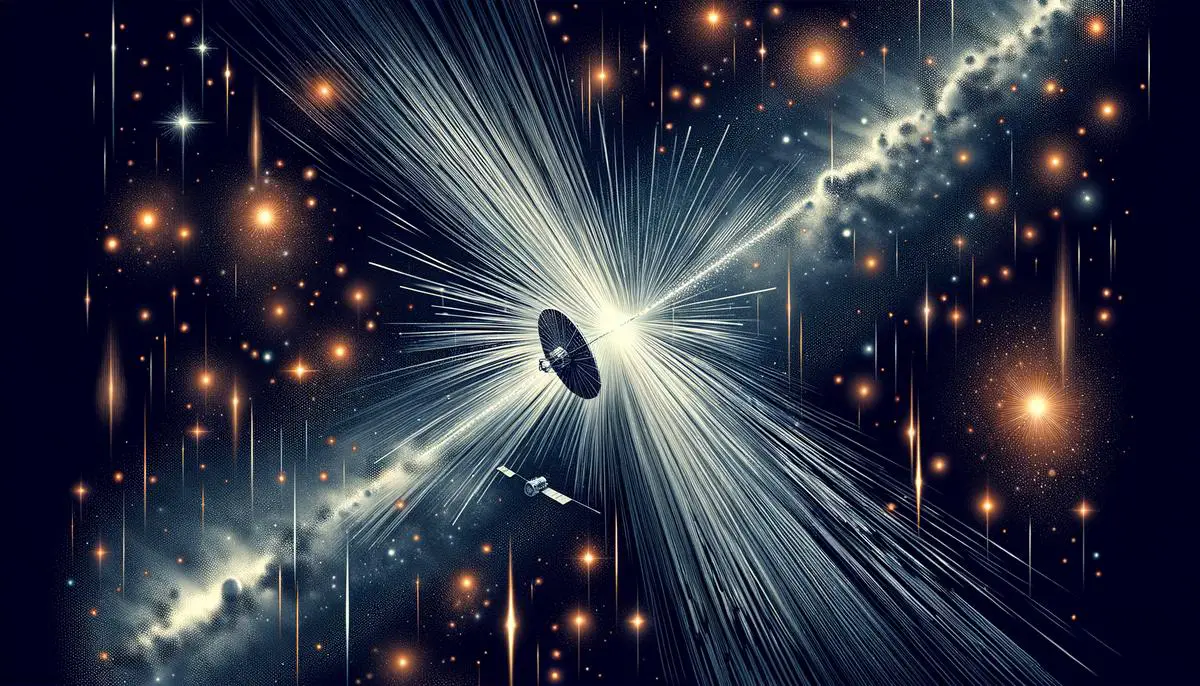
Voyager 1's Legacy and Future
Voyager 1's legacy extends beyond its technical achievements and scientific discoveries. It represents a significant chapter in human exploration and our desire to understand the cosmos. The spacecraft has become a symbol of space exploration, inspiring many to pursue scientific inquiry.
The contributions of Voyager 1 to space science are substantial. Its detailed observations of Jupiter and Saturn revealed intricate features of these gas giants and their moons, fundamentally shaping our understanding of the solar system. These findings have provided context for subsequent missions exploring the outer planets and their satellites.
As the first human-made object to cross the heliopause, Voyager 1's journey into interstellar space has set a new benchmark in cosmic exploration. Its measurements have given scientists insight into the nature of the interstellar medium, opening a new frontier of scientific inquiry. The analyses of cosmic rays, particle densities, and magnetic fields have answered longstanding questions and posed new ones, ensuring that Voyager 1's data will fuel research for years to come.1
The Golden Record: A Cosmic Time Capsule
The Golden Record aboard Voyager 1 encapsulates the human spirit of exploration and connection. This gold-plated copper disk carries:
- Sounds from Earth
- Images representing human culture
- Greetings in 55 languages
- A selection of music from various cultures
It serves as a time capsule of our collective existence, representing humanity's desire to communicate with potential distant civilizations.
Technological Marvel
Voyager 1's enduring legacy also lies in its demonstration of technological longevity. Launched with an expected operational life of five years, the spacecraft has far outlived initial projections, continuing to send valuable data back to Earth. This remarkable durability is a testament to the foresight and engineering skill of its creators.
Currently, Voyager 1 is more than 14.6 billion miles from Earth, making it the most distant human-made object.2 It continues to communicate with NASA's Deep Space Network, albeit with diminishing power. The spacecraft is expected to have enough energy to keep its scientific instruments operational until around 2025, after which its signal may fade as its power sources deplete.
Inspiring Future Missions
Voyager 1 has inspired future missions. Its discoveries have implications for projects like:
- The New Horizons mission, which will follow Voyager's path and is set to enter the heliopause in the 2030s.
- NASA's proposed Interstellar Probe, which aims to build on Voyager's findings, seeking to explore the heliosphere's boundary further and deepen our understanding of the interstellar medium.
As Voyager 1 continues its journey into interstellar space, it carries with it not just data and discoveries, but also the essence of human curiosity and perseverance. Its ongoing mission serves as a reminder of our potential to venture beyond known limits and persist in our quest for knowledge. This legacy will likely inspire future generations to continue pushing the boundaries of space exploration, encouraging us to reach deeper into the cosmos than ever before.
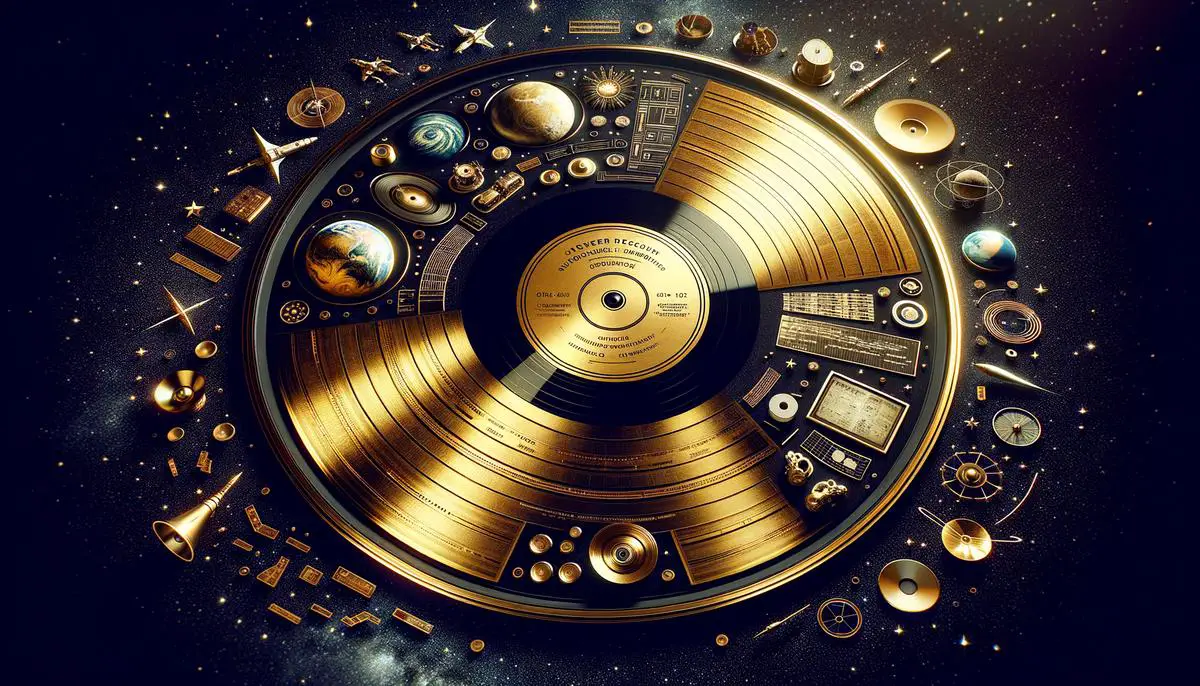
![]()
